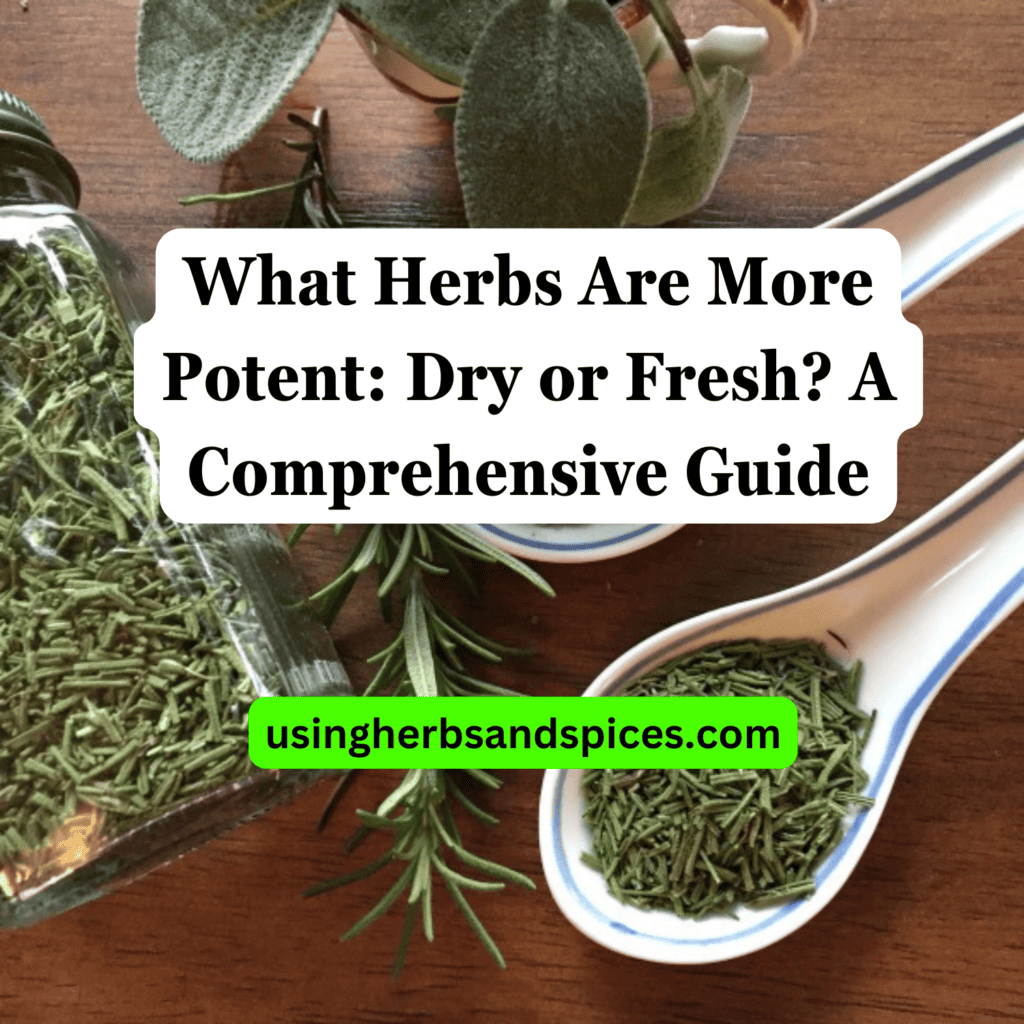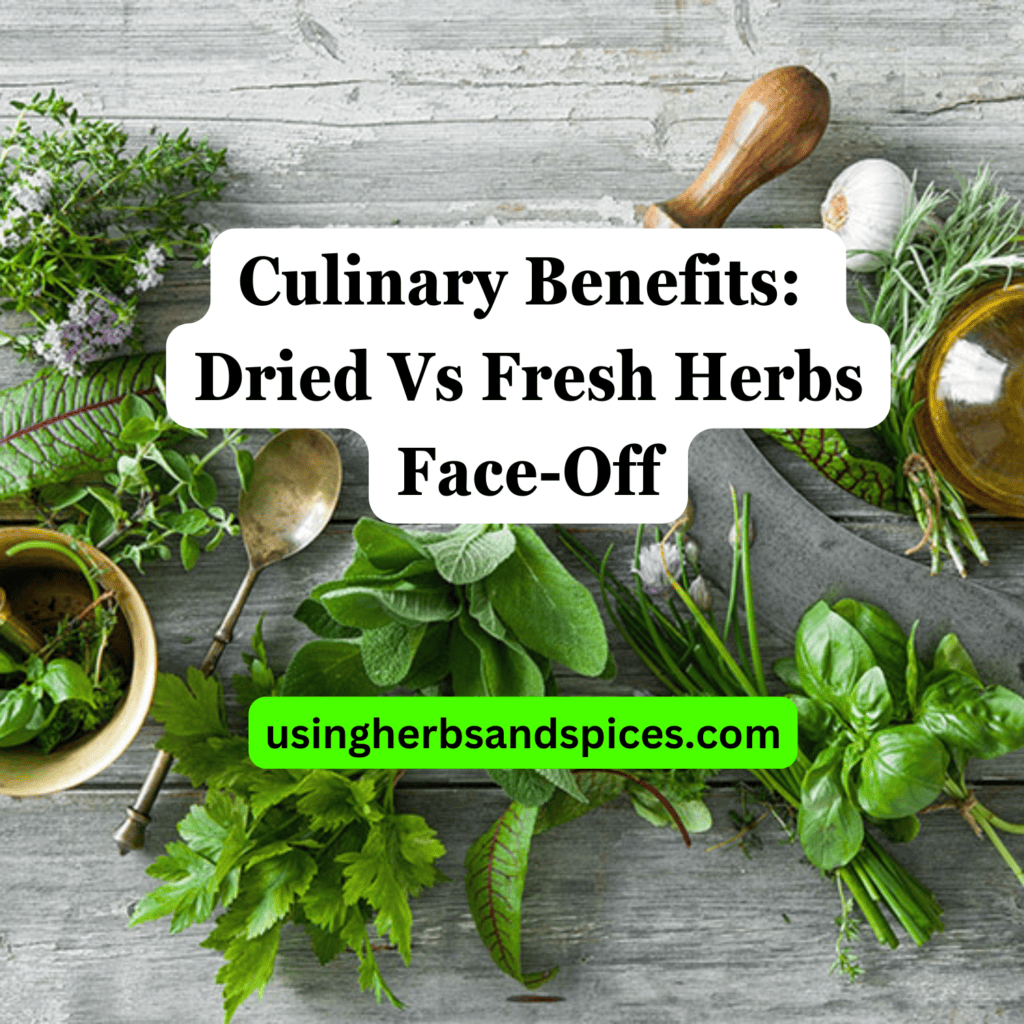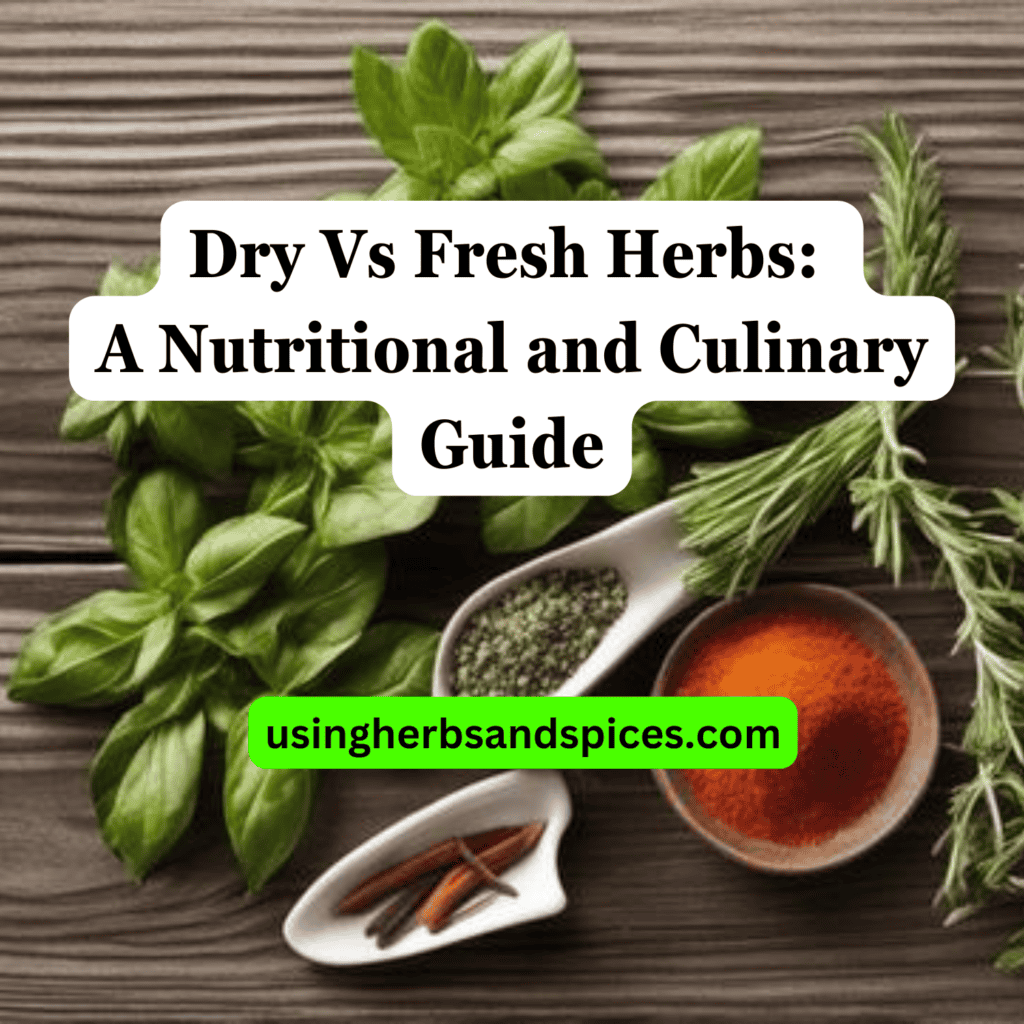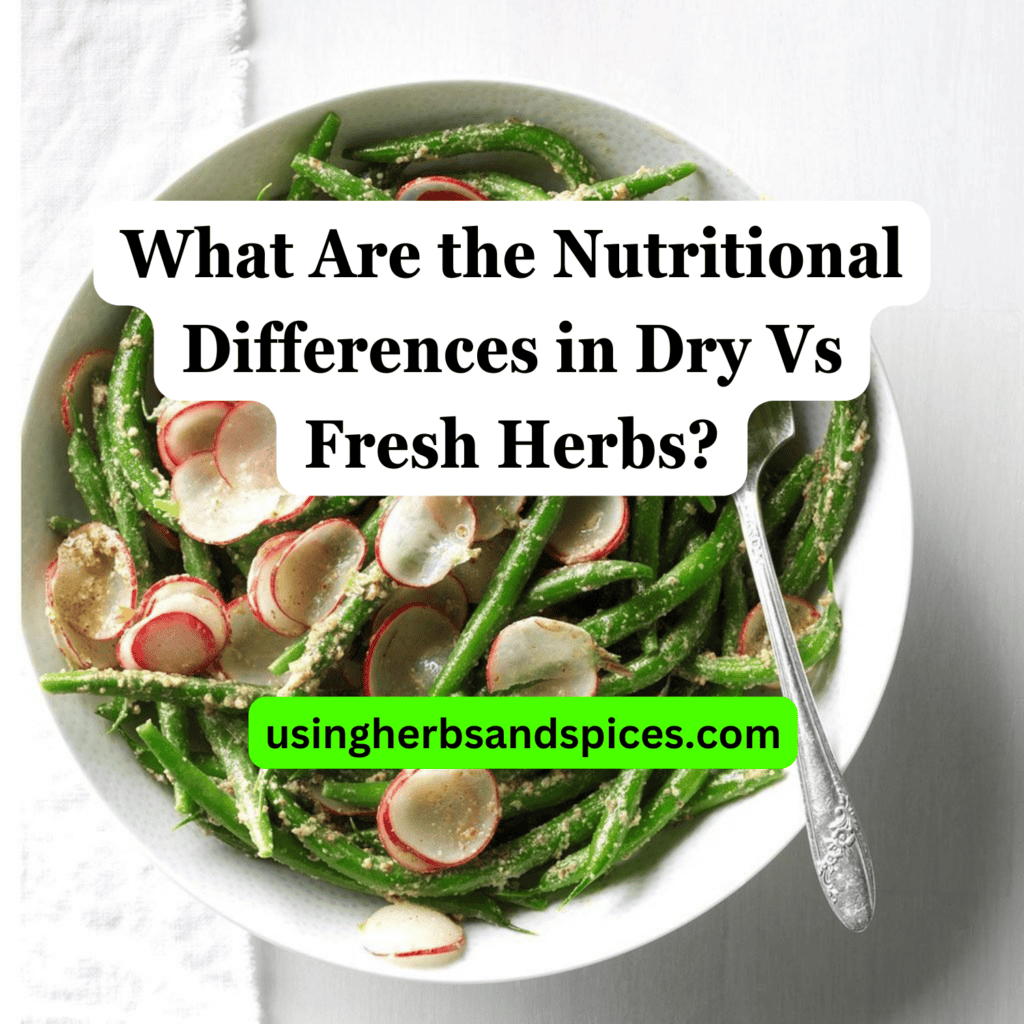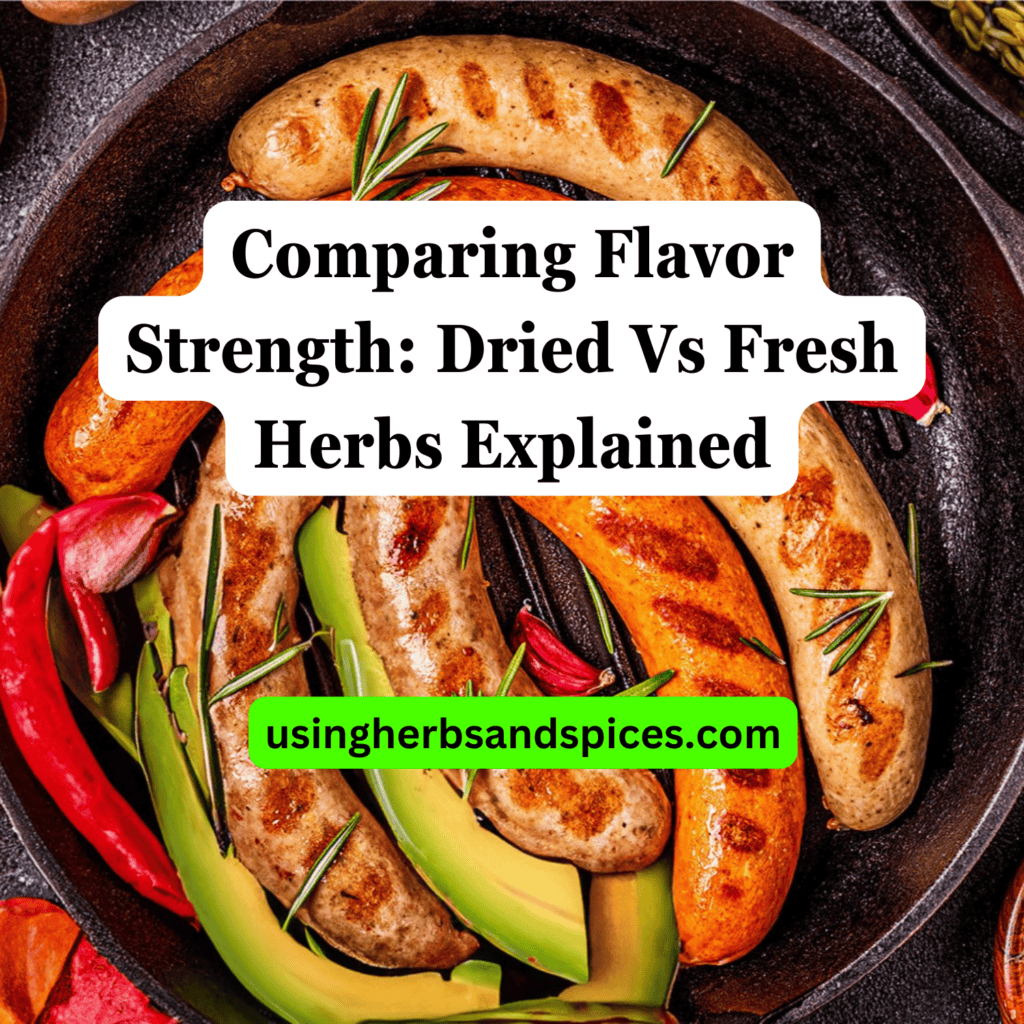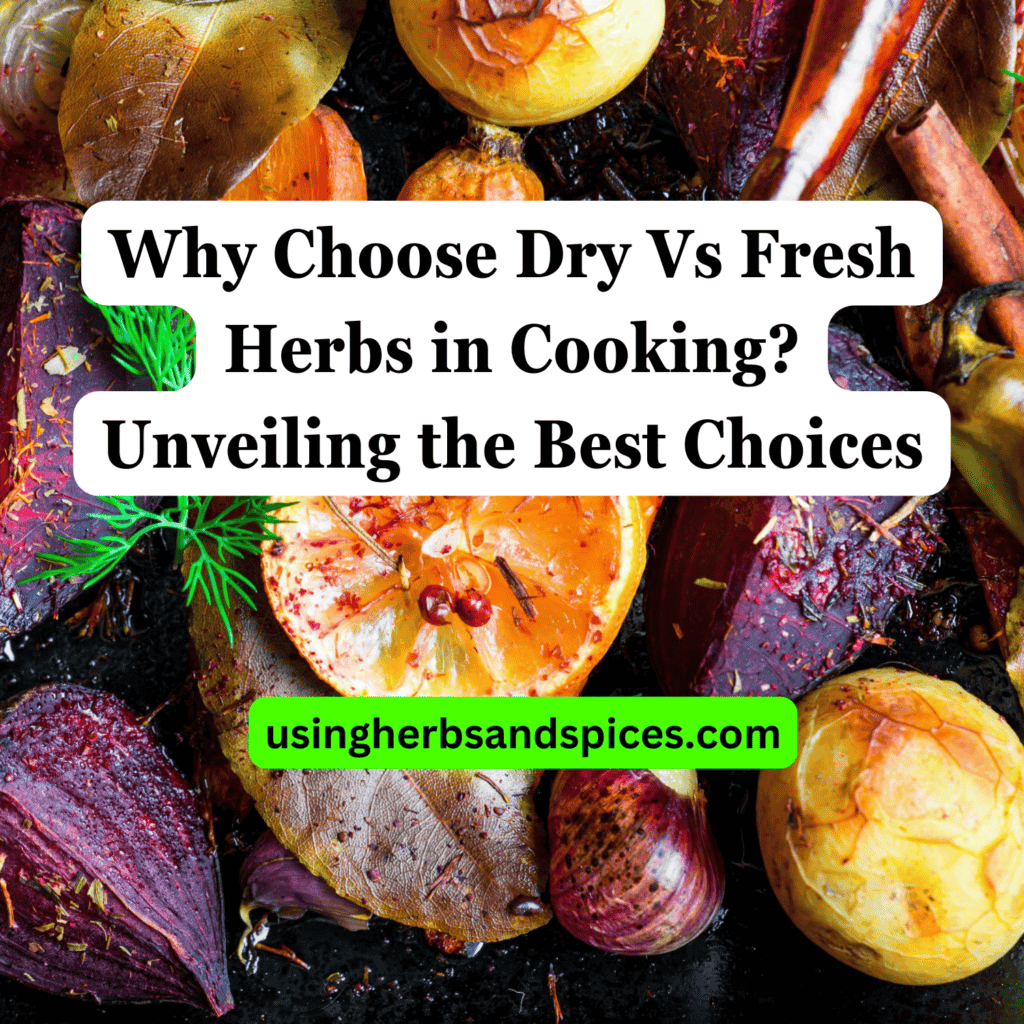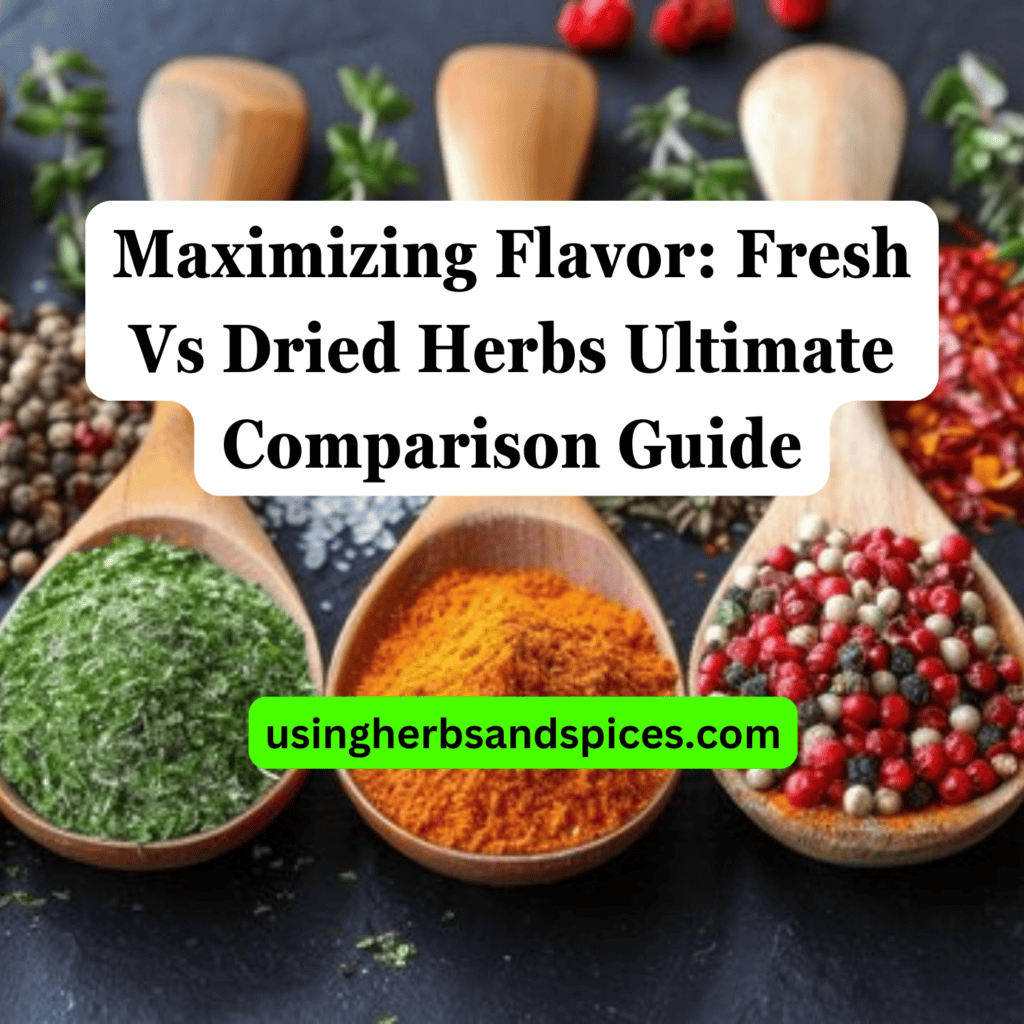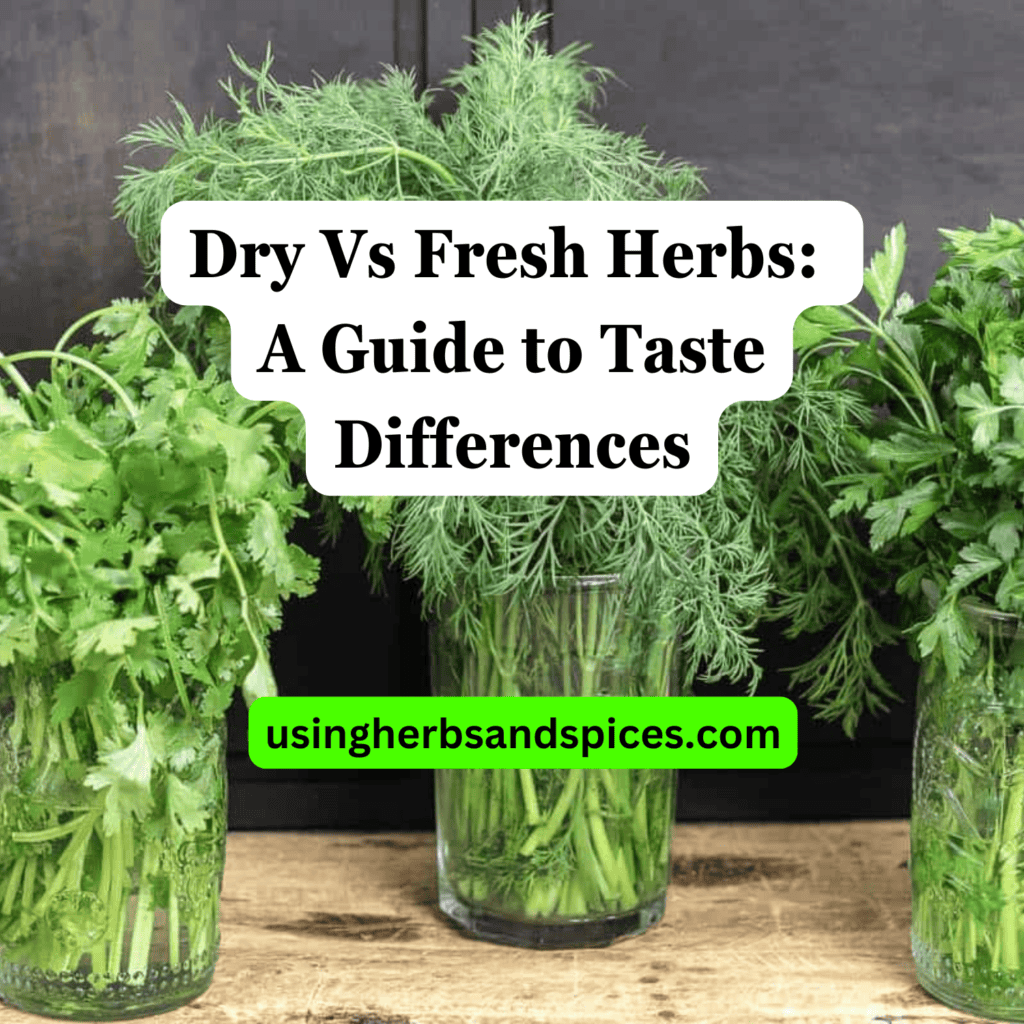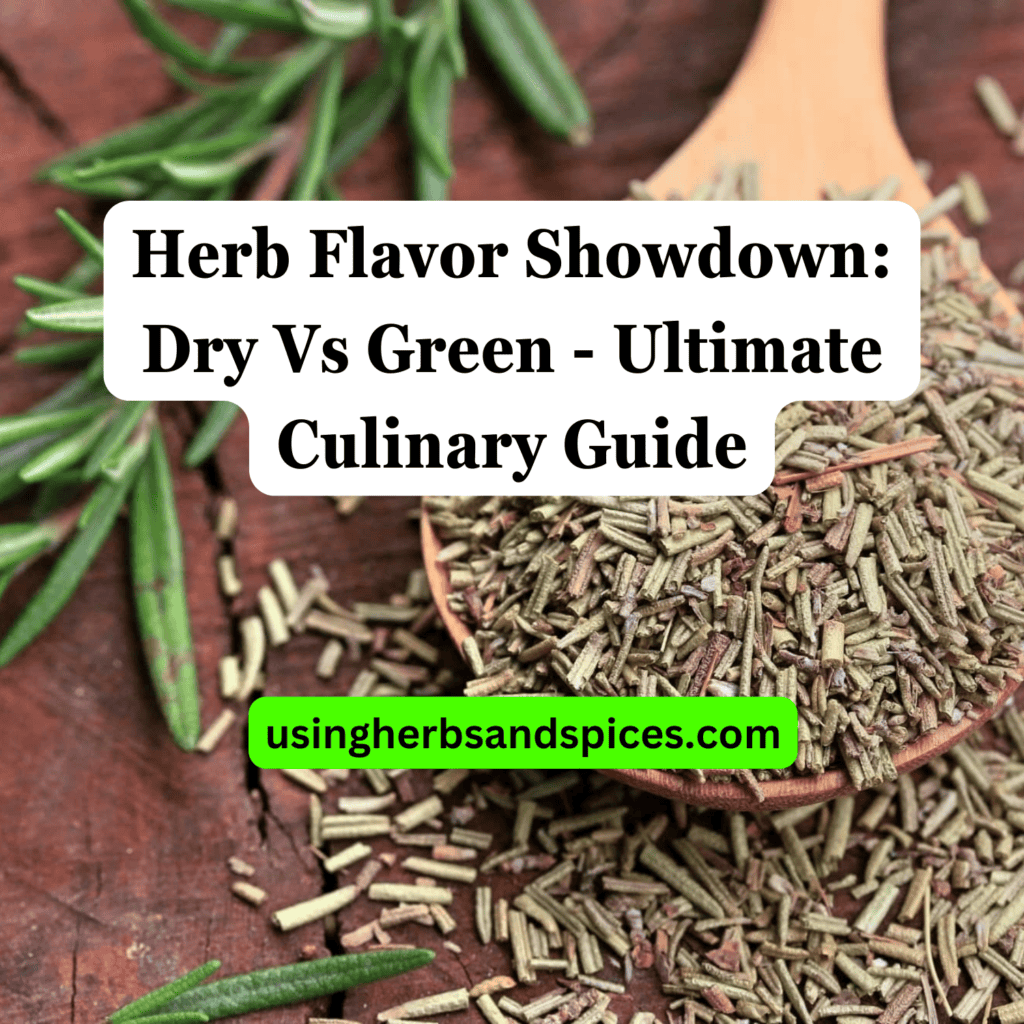SUMMARY: Dry herbs pack a concentrated flavor, making them ideal for dishes cooked over time, while green (fresh) seasonings bring vibrancy and freshness to quick meals. Knowing when and how to use each type can elevate your cooking from good to great.
Ever wondered why your dishes lack the flavor depth you crave?
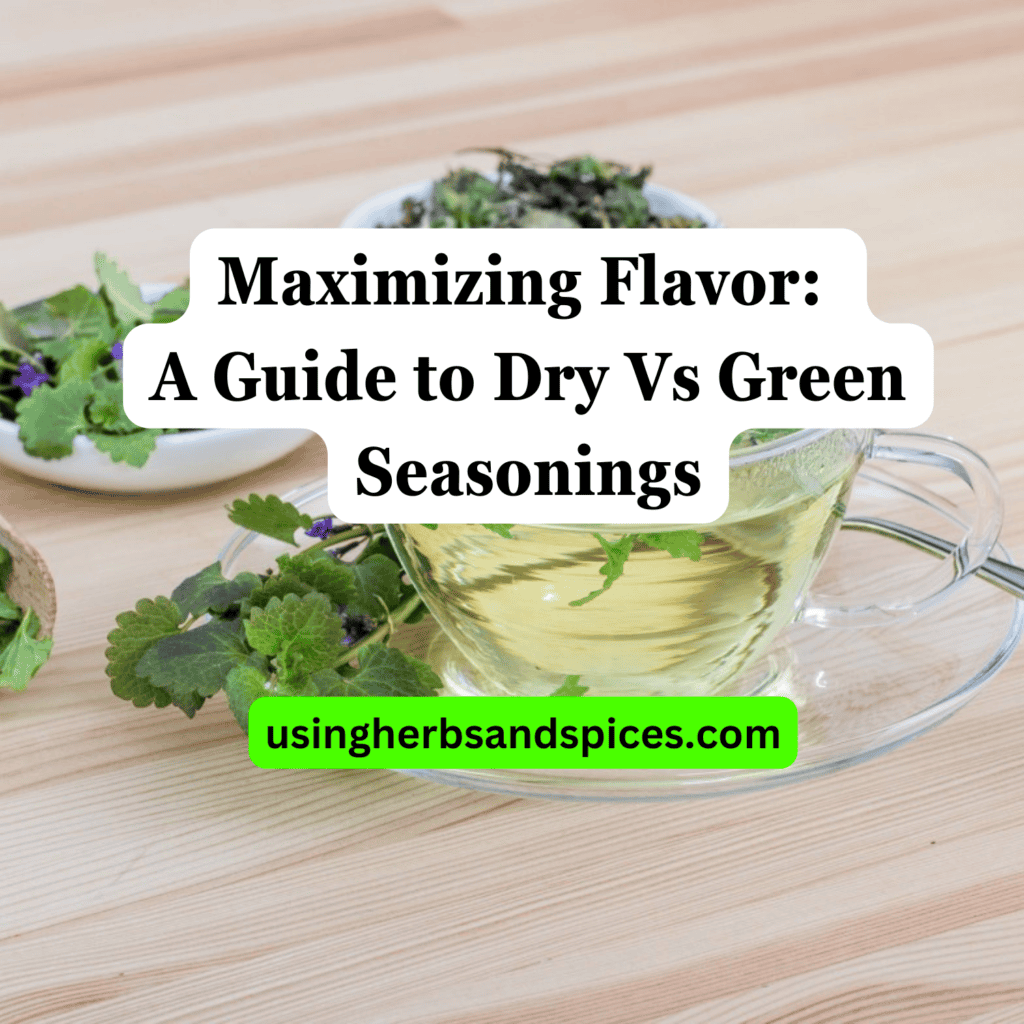
This guide is your key to unlocking the full potential of herbs, whether dry or fresh.
- Understanding Dry Herbs
- The Fresh Perspective
- Which Herbs Are Stronger Dry or Fresh
- Tips for Maximizing Flavor
Continue reading to transform your cooking with the power of well-chosen seasonings.
Understanding Dry Herbs
Dry herbs, often overlooked in favor of their fresh counterparts, are the concentrated essence of flavor. They are the result of dehydrating fresh herbs to remove moisture, thereby intensifying their tastes and aromas. This process not only deepens their flavors but also extends their shelf life, making dry herbs a staple in pantries around the world.
The key to leveraging dry herbs is knowing when and how to use them. Since their flavors are more concentrated than fresh herbs, they are best added at the beginning of the cooking process. This allows their complex flavors to mellow out and infuse the dish, creating a rich and layered taste profile. Whether incorporated into soups, stews, or marinades, dry herbs play a crucial role in building foundational flavors that elevate every meal.
The Fresh Perspective
Fresh herbs, often referred to as green seasonings, are renowned for their vibrant, earthy flavors that can instantly brighten any dish. Unlike their dried counterparts, fresh herbs contain moisture which contributes to their fresh, aromatic properties. These green seasonings excel in dishes where a burst of freshness is desired, such as salads, salsas, and garnishes for soups and main courses.
Green seasonings are not just about adding flavor; they also contribute significantly to the visual appeal of a dish with their bright, lively colors. Their texture and form can introduce an enticing element of contrast in both flavor and presentation. However, it’s important to add them at the right moment during cooking to maximize their impact. Typically, fresh herbs are best added towards the end of the cooking process or as a finishing touch to preserve their flavor and color, which can be diminished or lost through prolonged exposure to heat.
Understanding the unique attributes of fresh herbs and incorporating them thoughtfully into your dishes can elevate your cooking from good to exquisite. Their ability to impart a certain lightness means that they’re often used in larger quantities than dry herbs. However, the delicate nature of these green treasures requires a more careful handling to maintain their aromatic qualities and textural integrity. By choosing to incorporate fresh herbs into your culinary creations, you’re not just seasoning your food but also weaving in layers of freshness that can’t be mimicked by their dried counterparts.
Which Herbs Are Stronger Dry or Fresh
When comparing the potency of herbs in their dry and fresh states, it’s crucial to understand that the drying process concentrates the flavors and essential oils of herbs. This concentration often results in dry herbs having a more robust flavor per teaspoon compared to their fresh counterparts. For instance, oregano, thyme, and rosemary are notably more potent when dry, making them ideal for slow-cooked dishes where their flavors have time to meld and infuse.
Conversely, herbs like basil, cilantro, and parsley often lose some of their vibrant, nuanced flavors when dried, making the fresh versions far preferable for dishes where their freshness is paramount. Fresh herbs are generally added towards the end of the cooking process or used as a garnish to preserve their delicate flavors and aroma. It’s also noteworthy that fresh herbs, with their higher water content, tend to have a milder taste, requiring a larger quantity to achieve the same impact as their dried equivalents.
In summary, the choice between using dry or fresh herbs depends on the cooking method, the desired intensity of flavor, and the specific characteristics of the herb in question. A rule of thumb is that dry herbs excel in dishes that cook for longer periods, while fresh herbs shine in lighter, quicker preparations.
Tips for Maximizing Flavor
Unlocking the full potential of herbs, whether dry or fresh, requires a bit of know-how. Here are some expert tips to ensure you’re maximizing flavor in every dish:
- Choosing Quality: Start with high-quality herbs. For dry herbs, look for brands with good reputations for freshness and potency. When selecting fresh herbs, search for vibrant, green leaves free of blemishes or wilting.
- Proper Storage: Store dry herbs in a cool, dark place to prevent degradation of flavors. Fresh herbs, depending on the type, may last longer in the refrigerator wrapped in a damp paper towel or standing upright in a glass of water.
- Timing is Key: Add dry herbs early in the cooking process, giving them time to rehydrate and infuse the dish with their flavors. Fresh herbs, on the other hand, should generally be added towards the end of cooking to preserve their delicate flavors.
- Adjusting for Potency: When substituting one for the other, remember that dry herbs are more concentrated. A good starting point is to use three times the amount of fresh herbs as dry. Taste and adjust as necessary.
- Prepping Fresh Herbs: To maximize the flavor of fresh herbs, chop them finely to release more oils and, consequently, more flavor. Crushing dry herbs between your fingers before adding them to your dish can also help to release their flavors.
By following these tips, you can enhance the flavor profile of your dishes, making them more aromatic and tasteful, whether using dry or fresh herbs.
Mastering Flavors: Fresh vs. Dry Herbs in Cooking
Understanding the distinctive characteristics and benefits of dry versus green seasonings is pivotal in mastering culinary flavors.
- Dry herbs offer concentrated flavors and are best used in long-cooking dishes.
- Green seasonings impart a fresh, vibrant taste suited for finishing dishes or in fresh applications.
- Some herbs, like oregano and thyme, are more potent when dry, while others, like basil and cilantro, offer more flavor in their fresh form.
- Maximizing flavor involves not just choosing the right herb, but also considering its form – dry or fresh.
- Storage and usage techniques vary significantly between dry and fresh herbs, impacting the final flavor profile of a dish.
Maximizing Flavor: Dry Vs Green Seasonings FAQs
When should I use dry herbs over fresh ones in cooking?
Dry herbs are best utilized in dishes that cook for a longer period of time, such as stews and braised dishes, where their concentrated flavors can gradually infuse the dish. Due to their robust nature, they are also preferred in recipes that are dried or stored for long periods.
Can I substitute dry herbs for fresh ones, and what’s the ratio?
Yes, dry herbs can substitute for fresh ones when the latter are not available. The general ratio is 1:3, meaning you should use one part of dry herbs to replace three parts of fresh herbs. This ratio is necessary because dry herbs are more concentrated in flavor compared to their fresh counterparts.
How should I store dry and fresh herbs to maintain their potency?
Dry herbs should be stored in a dry, dark place in an airtight container to protect them from moisture and light, which can degrade their quality. Fresh herbs, on the other hand, can often be stored in the refrigerator; some may be kept in a glass of water to maintain freshness. It’s crucial to change the water regularly and avoid washing the herbs until just before you use them to maximize their lifespan.

